We’re Off to See the Wizard, What’s Behind the Curtain?
Artificial intelligence has driven new, and well-deserved attention to predictive maintenance. However, marketing efforts behind certain solutions tend to lead organizations down the “Yellow Brick Road”. Once the emerald city is reached, one can discover that the man behind the curtain doesn’t quite have the power we thought he had. Here are some asset management principles that might refine your mental model and help you sift through these solution offerings.
Principle No. 1 – Believability
Asset health is a very important subject, and it’s encouraging to see how much new attention is being paid to it. So, let’s suppose a machine has been trained to detect certain cancers, as reliably or more so, than a human radiologist. If the algorithm training is successful, the believability of the machine increases over time. It may even get to a point where the believability of the machine exceeds that of the human. The outcome should be, cancers detected earlier, treatment applied sooner, higher probability of survival.
In a similar way, vibration analysis can help predict incipient signals of certain failure modes of certain types of assets. Vibration analysis is one of the predictive maintenance technologies that has earned high believability over time. This growth in believability is based on the impact of the trained and experienced human technologist, whose analysis and recommendations result in failures detected earlier, intervention is applied sooner, lower probability of loss.
Today, there are claims that artificial intelligence (AI) and machine learning (ML) have improved the utilization and results of vibration analysis. Just like the machine that detects certain cancers, the compelling use case for AI and ML for vibration analysis is one that impacts the believability of the analysis results. That is, we need to know that it improves on what humans have done so well for the last several decades.
Ajay Agrawal wrote a book titled “Prediction Machines – The Simple Economics of Artificial Intelligence“. This book is helpful for developing a mental model for evaluating AI/ML technology. In it, he explains the fundamentals involving the use of data. “First, is input data, which is fed to the algorithm and used to produce a prediction. Second is training data, which is used to generate the algorithm in the first place. Finally, there is feedback data, which is used to improve the algorithm’s performance with experience.” There is no doubt that in the last twenty-five to thirty years, plenty of vibration analysis and failure data has been accumulated. As such, we should want to understand how the use of AI/ML has “become good enough to predict in the wild”, and at least has the same believability as the human engineer.
Principle No. 2 – Decision Support
What could advances in prediction and improved believability mean to the organization that has already included vibration analysis in its asset strategies? It could enable a more optimal division of labor between the human experts and the prediction machine’s capabilities. Ray Dalio, in his book, Principles: Life and Work, describes how using the power of prediction machines, “allowed me and the people I worked with to compound our understanding over time and improve the quality of our collective decision making”. The thing that should attract us to these technologies is how they can help us to do more of what we are good at.
Principle No. 3 – Asset health is not about predicting failures
Just because a machine can predict the evidence of tumors or other maladies, it doesn’t mean the patient is healthy or unhealthy. The application of AI/ML to successfully predict machine failures is part of a strategy to preserve the function of an asset along the duration of its mission time. Asset health is measured according to the number of exceptions that come from monitoring the asset strategy. The lower the number, the better asset health, the more effective the strategy.
The machine that detects cancer won’t comment on the patient’s lifestyle and risk factors. It doesn’t see those things. The human physician doesn’t step aside and allow the machine to make decisions, but rather uses the machine’s capabilities to enhance the quality of her own diagnosis and decisions. The asset management professional, like the oncologist, makes use of prediction as an enabling part of the operationalized asset strategy that balances risk, cost, and performance of assets.
At the end of the Yellow Brick Road is a man who is not a wizard after all but someone who helps Dorothy, and her friends make practical conclusions about their own circumstances. It turns out they never needed a wizard at all but had the knowledge and capability already to achieve what they desired. Hopefully these principles help to reduce the wizardry of AI/ML and put more emphasis on results and outcomes and how AI/ML can help us to do more of what we’re already good at.



